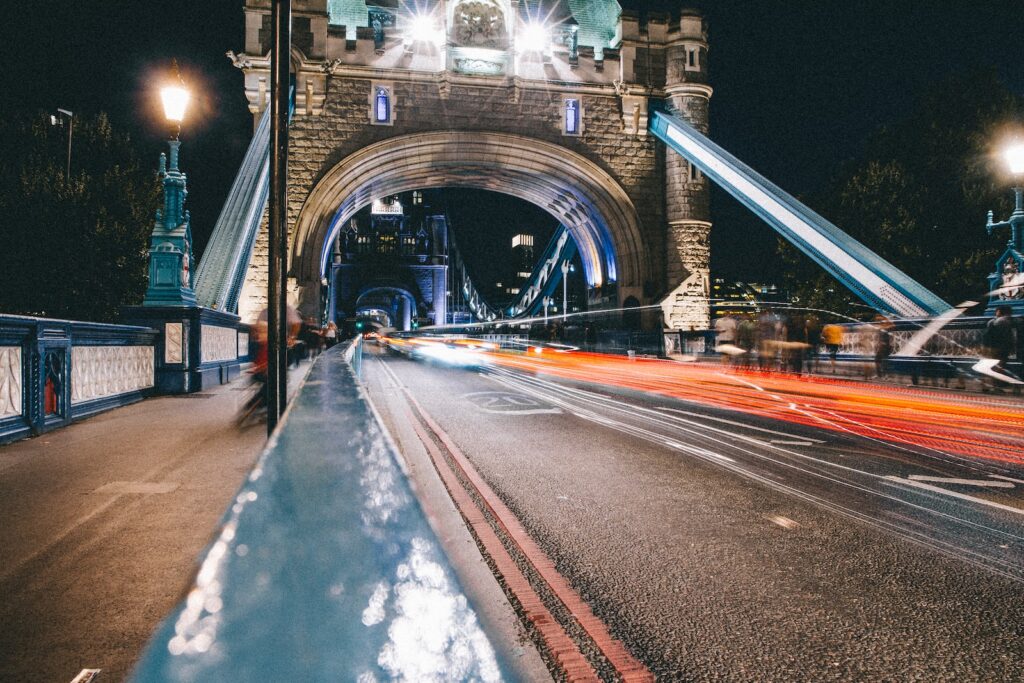DEFRA must switch to WHO air quality standards by 2030
Mayor Philip Glanville, Executive Member for Climate Change, Transport and Environment at London Councils, believes DEFRA should speed up adoption of World Health Organisation air pollution limits. Here’s why.
The era of London smog may be a distant memory, but the air pollution threat to Londoners’ health and wellbeing is an enduring challenge: annually around 4,000 deaths in London are estimated to be attributable to air pollution. Poor air quality impacts London’s communities and urgent action is needed to reduce harmful emissions across the capital.
DEFRA is currently deciding on a new PM2.5 annual mean target. They have proposed, through the Environmental Targets Consultation, a target of 10ugm3 (the World Health Organization’s interim target) to be met by 2040. However, London Councils is calling on DEFRA to do more to protect public health, and to bring it forward by ten years to be met by 2030 at the latest instead.
Given the high air pollution levels in the capital, London partners must actively seek solutions and seize every opportunity to tackle air pollution. DEFRA setting a more ambitious target whilst giving local government the powers and resources we need, a mixed picture so far, will drive more ambitious action on dirty air. Poor air quality has a profound effect on public health and by bringing the target forward by ten years we can inject greater urgency into the issue and negate harmful effects sooner.
The 2030 date would also align this target with the Mayor of London’s Net Zero ambition. It is worth noting that the Clean Air Fund, working with Imperial College London, has found that reaching 10 μgm3 by 2030 across the country could lead to an increase in average life expectancy and “an average of 3,100 fewer new coronary heart disease cases, and 388,000 fewer reported asthma symptom days in children each year”.

London Councils is encouraging government to put local government fully at the heart of delivering on the climate and dirty air emergencies. By giving local authorities greater powers to tackle the causes of poor air quality, we could improve air pollution levels in our communities and across the country.
For example, we are asking that government introduce additional regulatory powers for local authorities to control emissions from appliances such as gas and solid fuel boilers, combined heat and power plants, construction machinery and standby diesel generators. These items have a huge impact on air quality when not properly regulated. These essential measures would allow the public to benefit from a major improvement in air quality. Councils need the ability to take bold and practical steps to combat all sources of air pollution at a local level and we look forward to working with DEFRA as they update the national Air Quality Strategy.
We continue to stand firm alongside the wider local government family in calling for government to support places and regions in tackling the climate emergency, which we must do alongside cleaning up our air. It is also imperative to recognise the key role that local authorities must have as a delivery partner in Net Zero programmes across the UK to bring about change from the ground up.

London boroughs are already driving forwards huge changes to reduce carbon emissions and clean up the capital’s air. We are confronting emissions from motor vehicles through investment in London’s electric vehicle charging infrastructure and active travel initiatives. Alongside this, London Councils’ low carbon transport programme, led by RB Kingston and City of Westminster, is working to halve road journeys made by petrol and diesel, through action to reduce polluting journeys and facilitating and encouraging people to use active travel options. In my own borough of Hackney, I’m proud to be rolling out EV charging and providing more bike hangars, alongside many other actions to clean up Hackney’s air.
However, even with all these current initiatives to reduce emissions across the capital, it currently won’t be enough to sufficiently tackle London’s air quality challenge. That is why we need new powers and resources, and stronger ambition from central government.
London Councils and London boroughs’ priorities include ensuring we make a just to a zero-carbon future and collaborating with government, the Mayor of London, business and local communities to create effective place-based responses that reflect the views and concerns of our communities. It is only through delivering greater green investment, supporting skills and green jobs within a policy framework that we will empower local areas to innovate, decarbonise and deliver cleaner air for all Londoners.
The need for a just transition that protects disadvantaged groups and those vulnerable to the impacts of climate change cannot be overstated. We must bring everyone with us on the path to Net Zero and the benefits better air quality brings. Only through a collaborative, sustainable and fair approach can we create a capital city that looks after the health of all our residents, beginning with the air they breathe.
Last week Air Quality News published a similar call to action from Dr Alessandro Borgini of the European Health Alliance. Revisit what he had to say about WHO guidelines and European cities.
Images: Tim Easley / Philip Glanville / Alessandro La Becca



















But it’s not just all about London, is it?